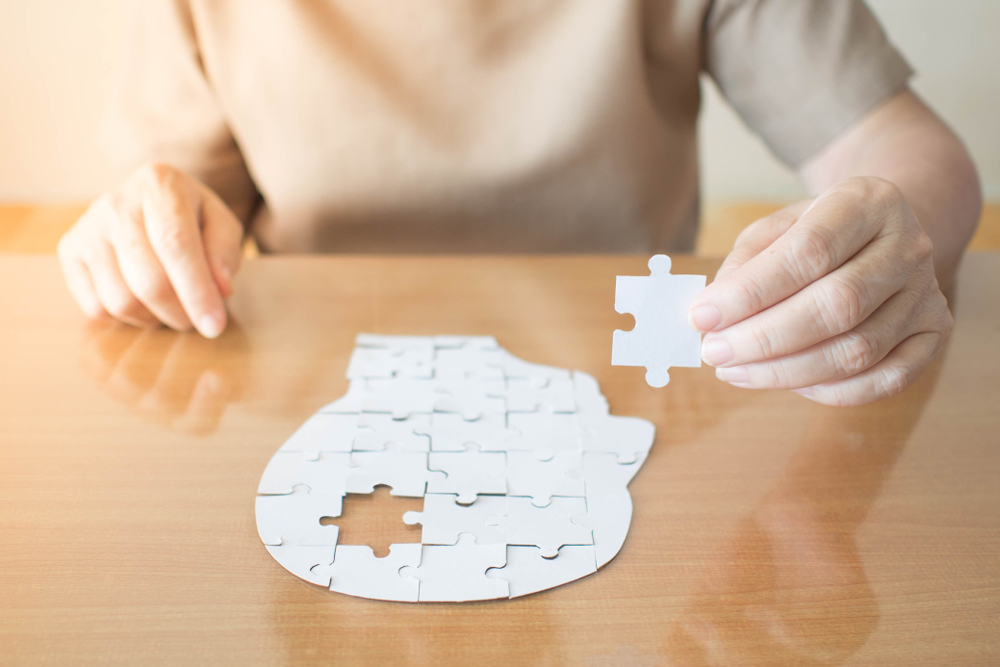Exploring the Cognitive Benefits and Creative Potential of 3D Puzzles for All Ages
Three-dimensional puzzles represent a fascinating intersection of entertainment and cognitive development, offering unique challenges that engage multiple areas of the brain simultaneously. These intricate puzzles have evolved from simple wooden blocks to complex architectural replicas, providing valuable learning opportunities for people of all ages while fostering critical thinking and spatial awareness skills.

How Do 3D Puzzles Impact Brain Development?
The science behind 3D puzzles and brain development reveals fascinating neurological benefits. When solving three-dimensional puzzles, multiple cognitive processes activate simultaneously, including visual processing, spatial reasoning, and working memory. These activities strengthen neural pathways and enhance brain plasticity, particularly in areas responsible for problem-solving and spatial awareness.
What Makes 3D Puzzles Effective Learning Tools?
Creative thinking unlocked through 3D puzzles stems from their unique ability to challenge conventional problem-solving approaches. Unlike traditional flat puzzles, 3D versions require builders to visualize and manipulate objects in space, developing mental rotation skills and improving hand-eye coordination. This multi-sensory engagement creates stronger learning connections and enhances retention of spatial concepts.
Which Cognitive Skills Do 3D Puzzles Enhance?
Key cognitive skills enhanced by 3D puzzle activities include:
-
Spatial reasoning and visualization
-
Fine motor skills and hand-eye coordination
-
Logical thinking and sequential planning
-
Pattern recognition
-
Memory and concentration
-
Problem-solving strategies
How Do Benefits Vary Across Age Groups?
Age-appropriate 3D puzzle challenges offer distinct benefits for different developmental stages. Young children develop basic motor skills and spatial awareness through simple block puzzles. Teenagers benefit from more complex geometric shapes that enhance abstract thinking. Adults maintain cognitive flexibility and prevent age-related decline through architectural and mechanical 3D puzzles.
What Do Experts Say About 3D Puzzle Benefits?
Expert insights indicate that regular engagement with 3D puzzles can improve cognitive function across multiple domains. Research suggests that these activities may help prevent cognitive decline in older adults while supporting learning and development in younger individuals. The combination of mental and physical manipulation makes 3D puzzles particularly effective for maintaining brain health.
What Are the Most Effective 3D Puzzle Types and Their Costs?
| Puzzle Type | Complexity Level | Average Cost Range | Key Benefits |
|---|---|---|---|
| Wooden Block Sets | Beginner | $15-30 | Basic spatial skills, motor development |
| Geometric Puzzles | Intermediate | $20-45 | Pattern recognition, logical thinking |
| Architectural Models | Advanced | $30-100 | Complex problem-solving, patience |
| Mechanical 3D Puzzles | Expert | $25-80 | Engineering concepts, sequential thinking |
Prices, rates, or cost estimates mentioned in this article are based on the latest available information but may change over time. Independent research is advised before making financial decisions.
3D puzzles represent a powerful tool for cognitive development and creative expression across all age groups. Their ability to simultaneously engage multiple mental faculties while providing entertainment makes them valuable resources for both educational and recreational purposes. As technology advances, new forms of 3D puzzles continue to emerge, offering increasingly sophisticated challenges for minds of all ages.




